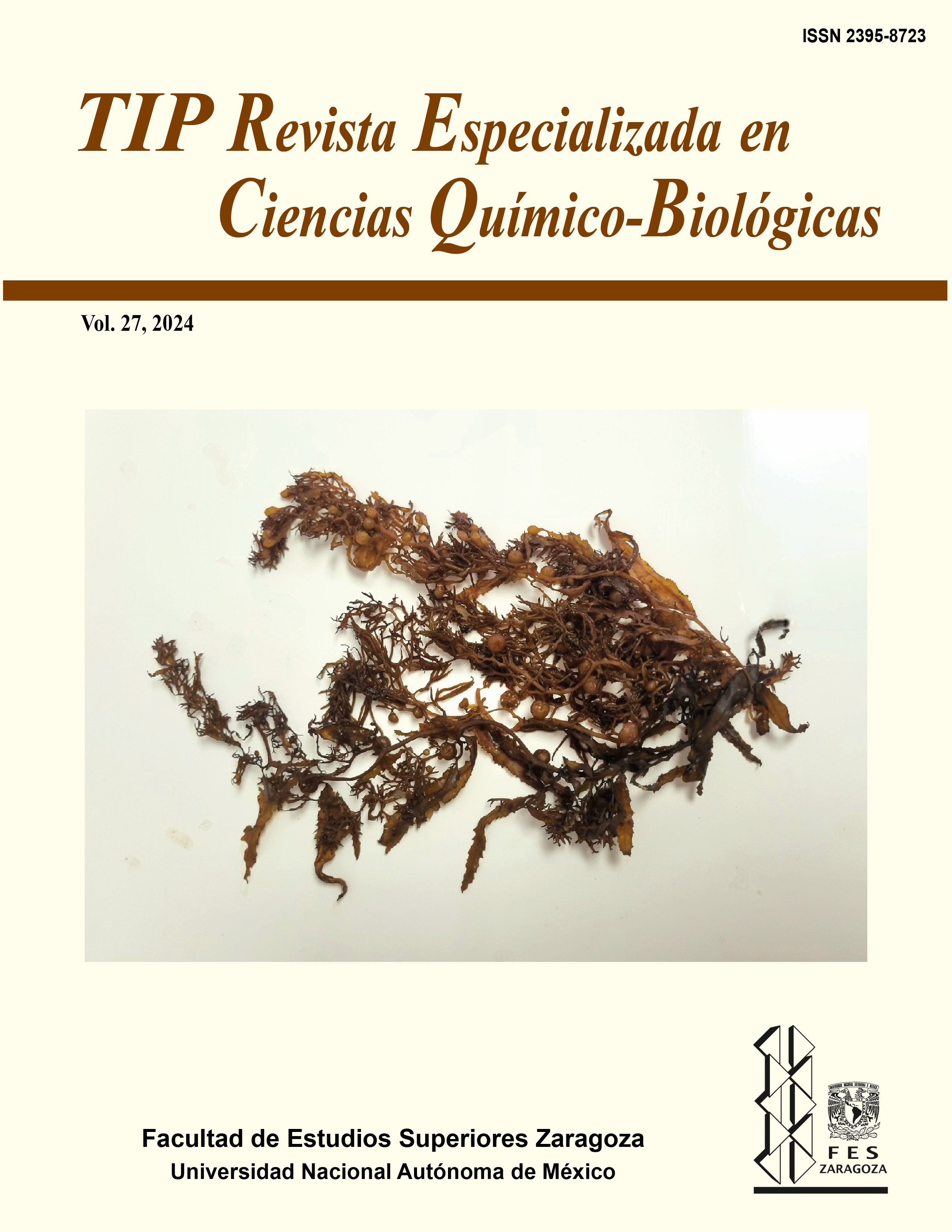Abstract
The Enterococcus genus is part of the native microbiome of the gastrointestinal tract in humans and other animals, where it plays a role in regulating gut homeostasis and reducing infection severity through various molecular mechanisms. As lactic acid bacteria (LAB), they also participate in the fermentation process of various dairy, meat, and vegetable products, contributing to the development of desirable odors and flavors. Even though LAB are considered “generally regarded as safe” (GRAS) by the Food and Drug Administration (FDA), the Enterococcus genus does not fall into this category due to its high ability to acquire and act as a reservoir of epidemiologically relevant elements, as well as its prevalence as an opportunistic pathogen in hospital environments, hindering its use as a probiotic or starter culture of fermented foods. To what extent and under which conditions can an innocuous enterococci become epidemiologically relevant? And how much of what is discussed about Enterococcus can be said about other GRAS genera? This review presents a biochemical overview that may account for its presence in fermented foods, as well as characteristics that allow its involvement in hospital-acquired infections.TIP Magazine Specialized in Chemical-Biological Sciences, distributed under Creative Commons License: Attribution + Noncommercial + NoDerivatives 4.0 International.



